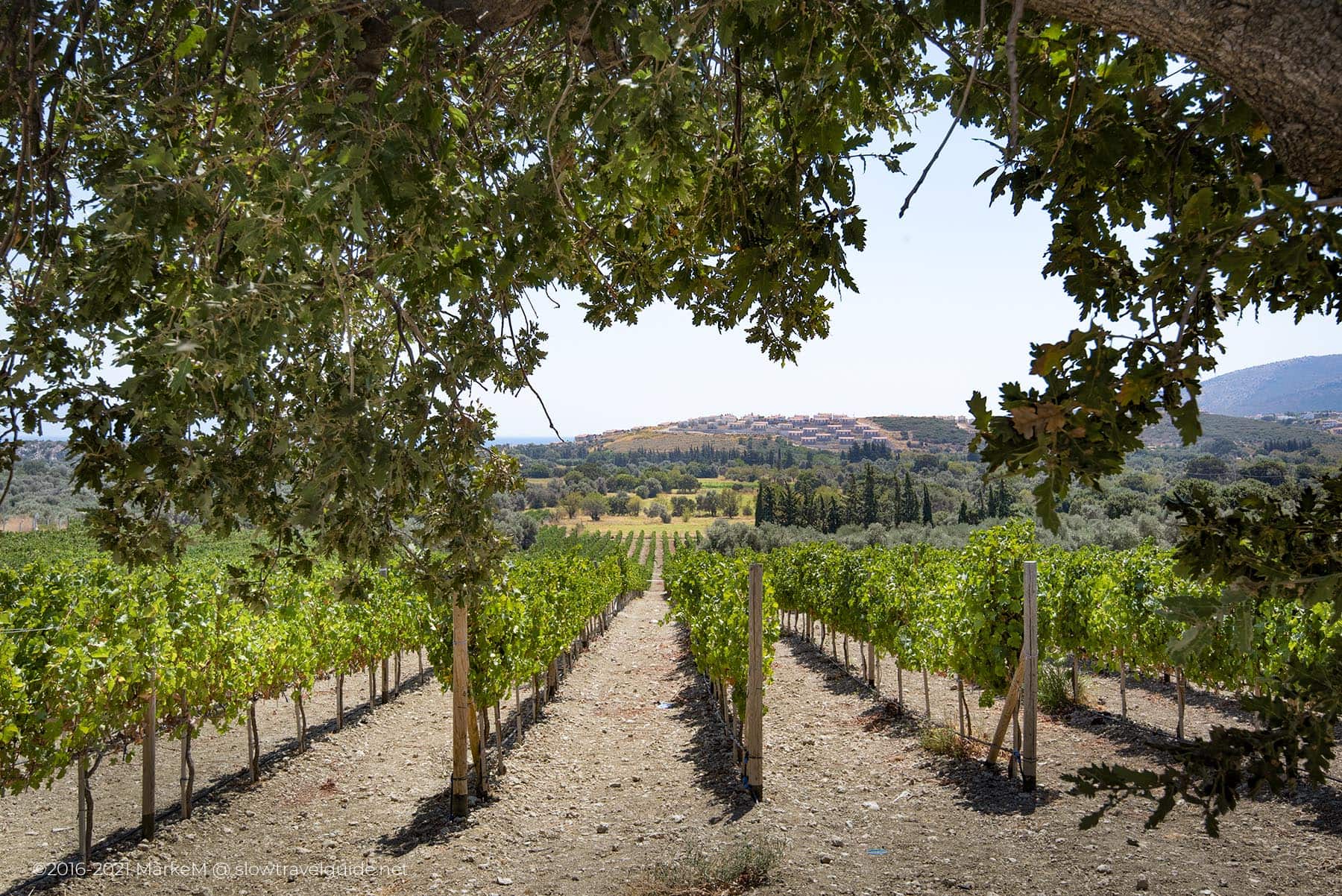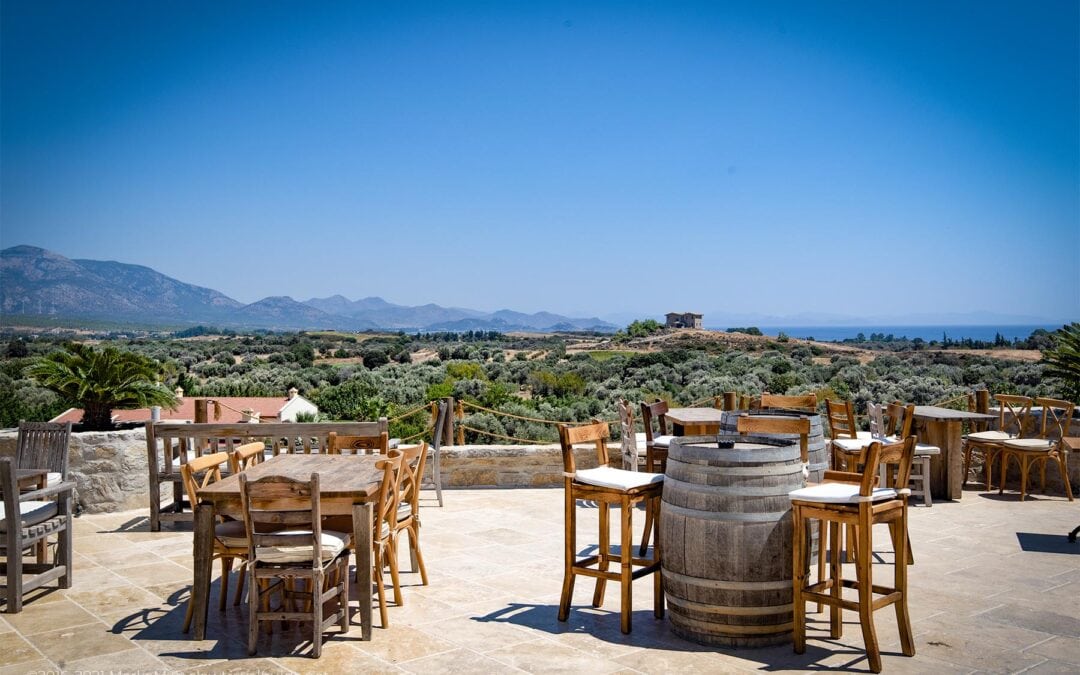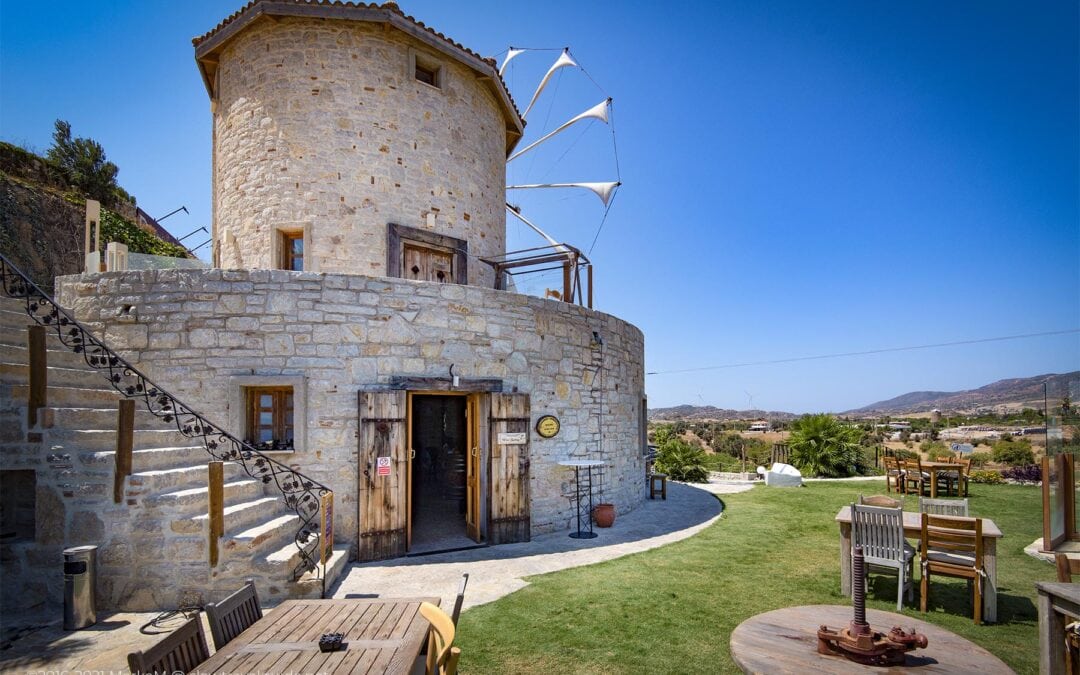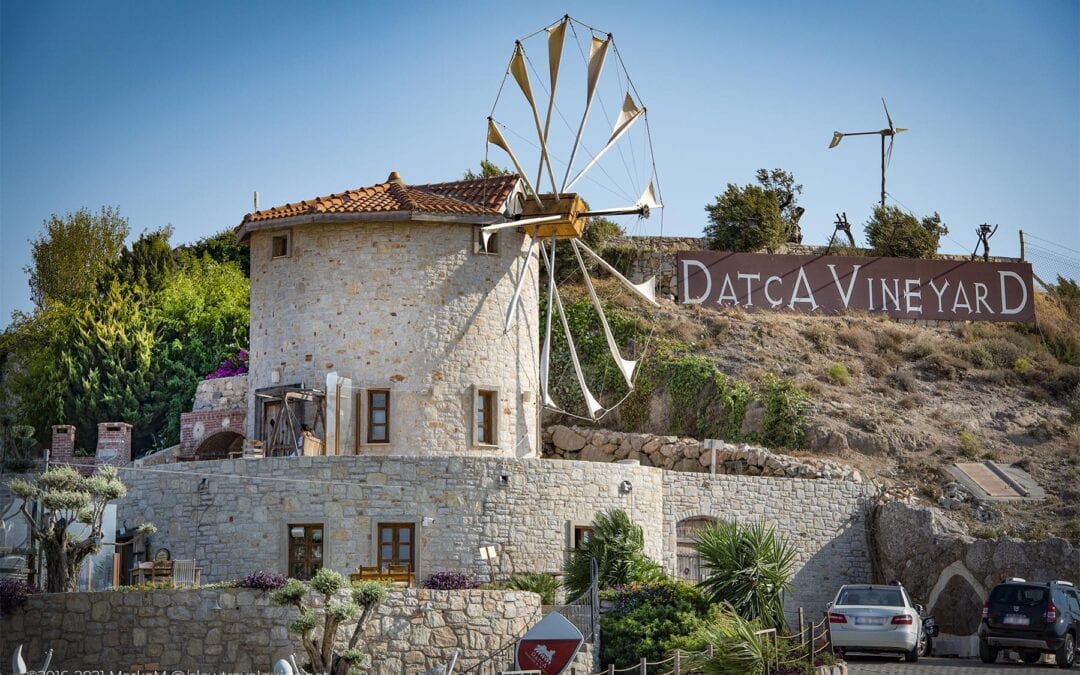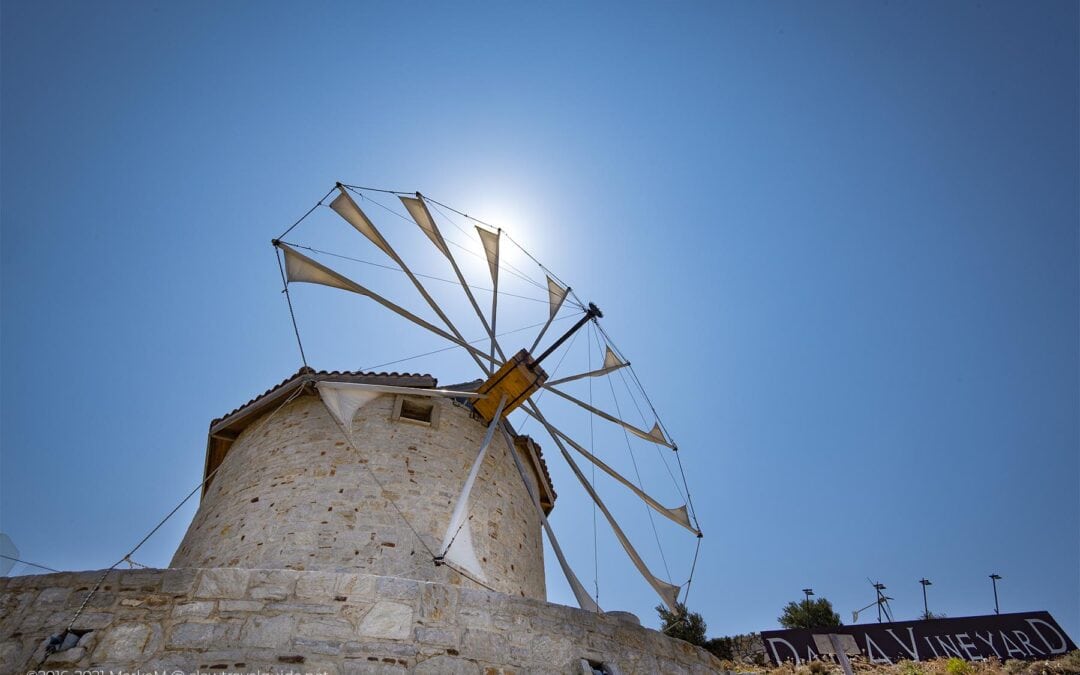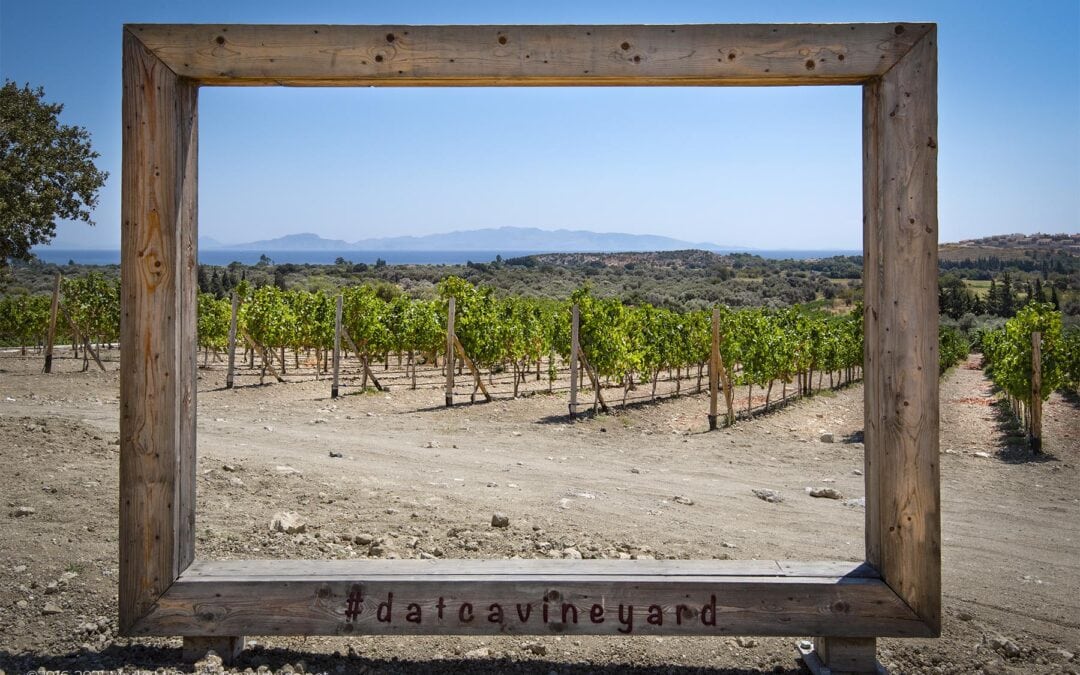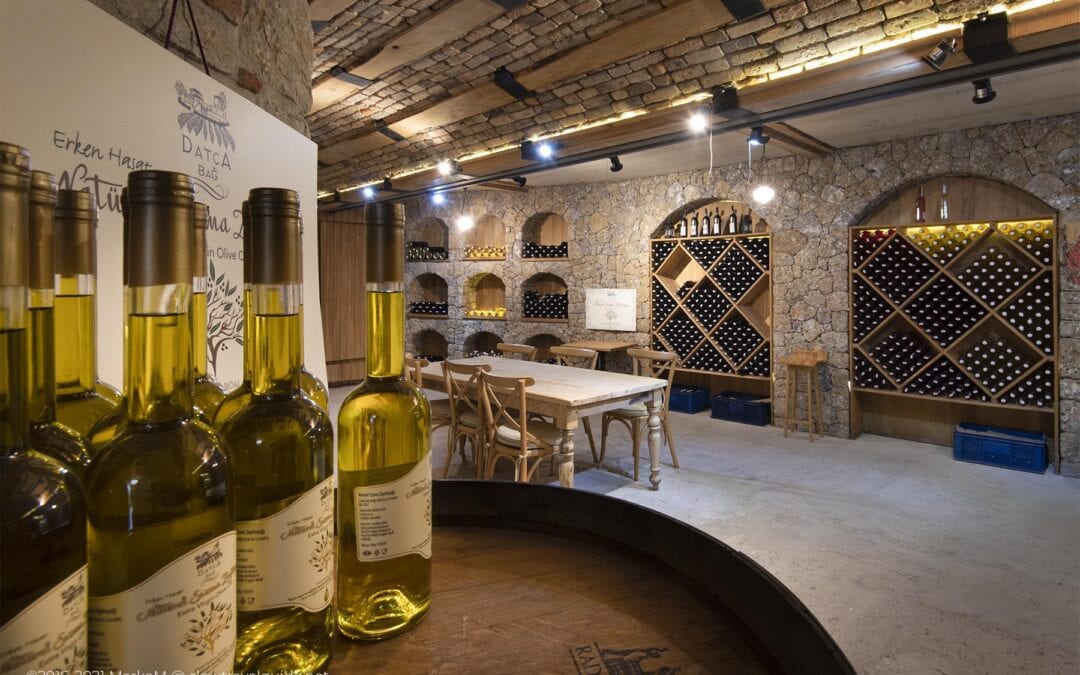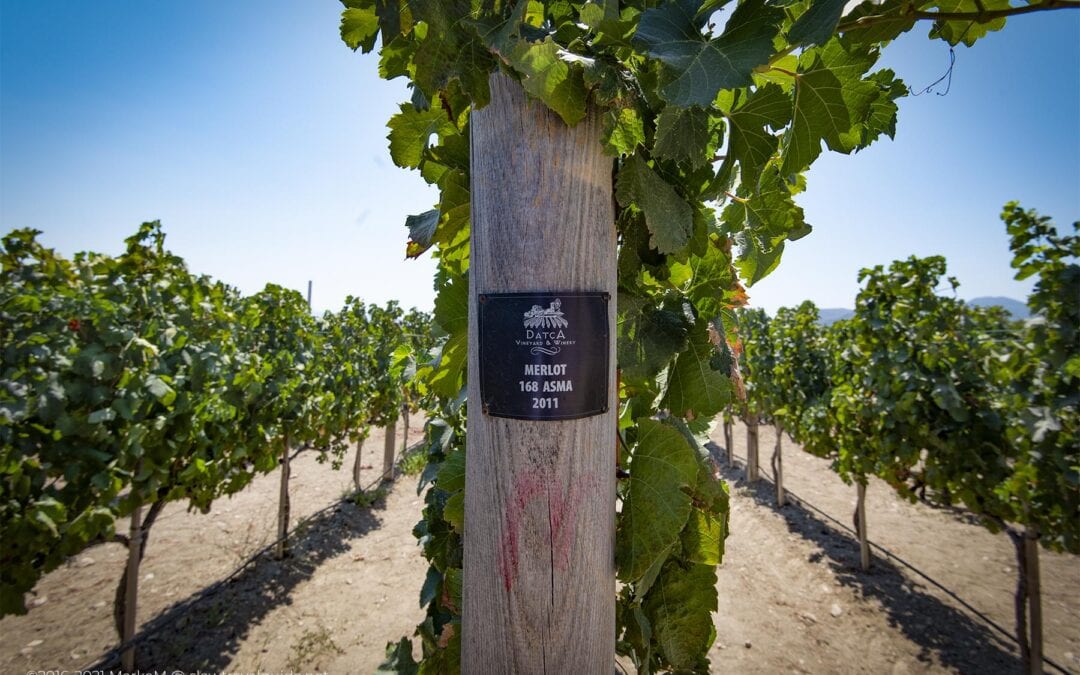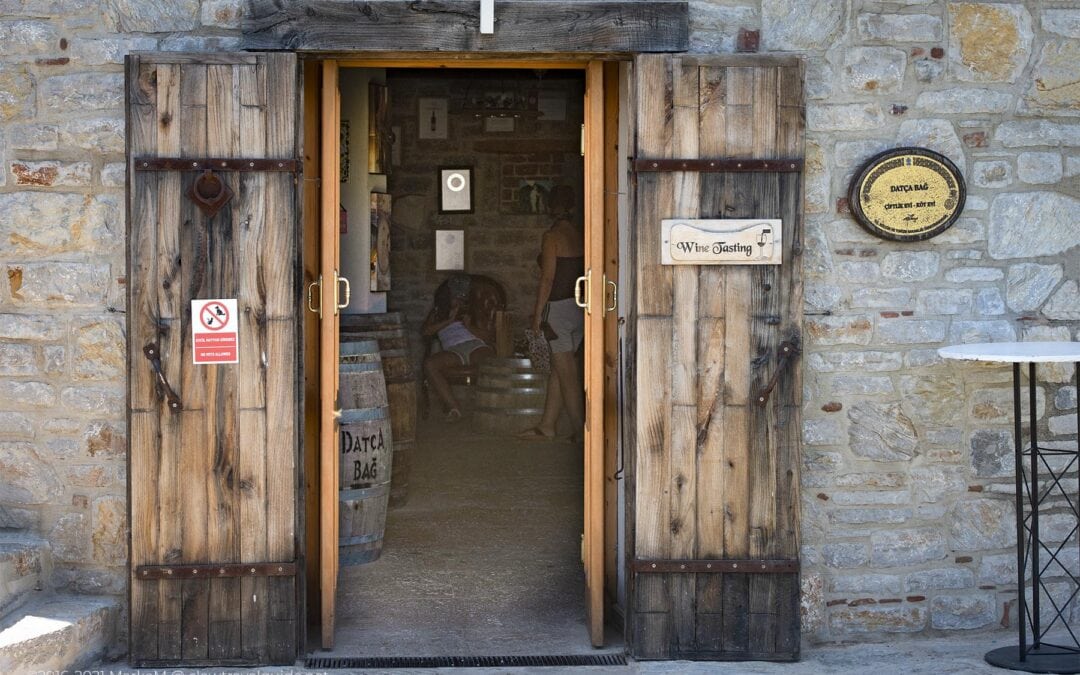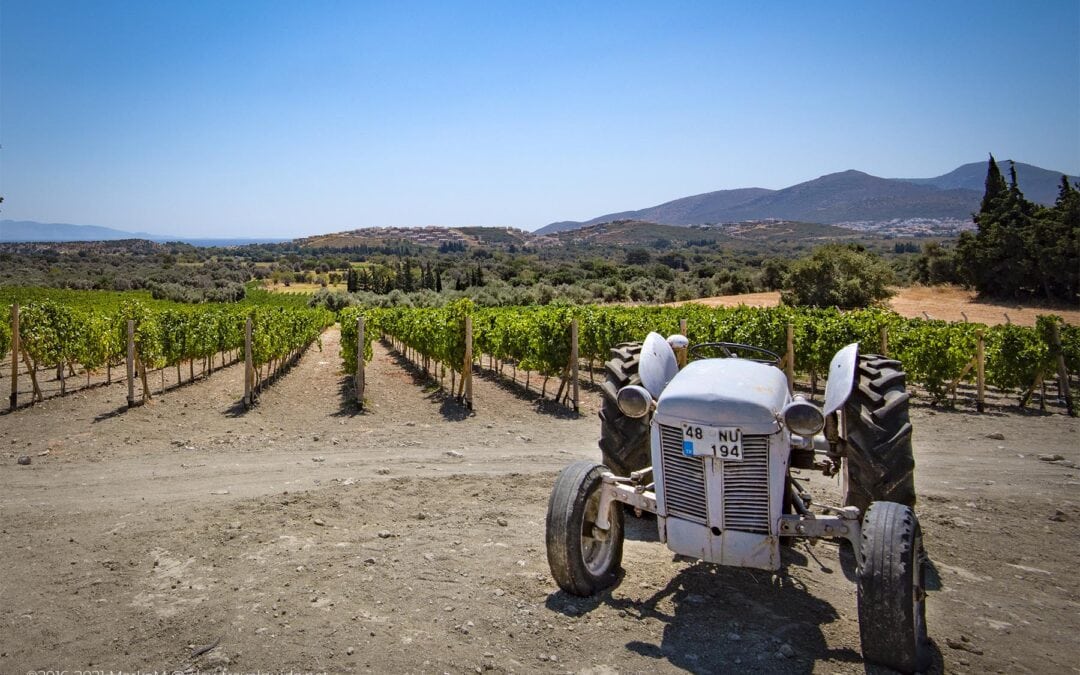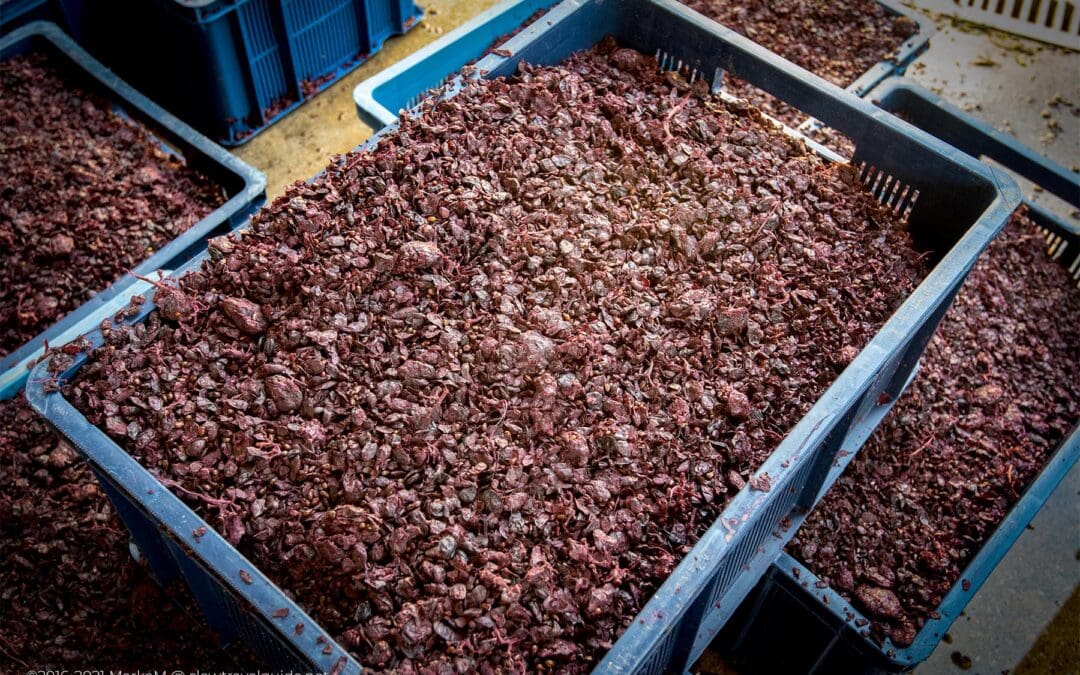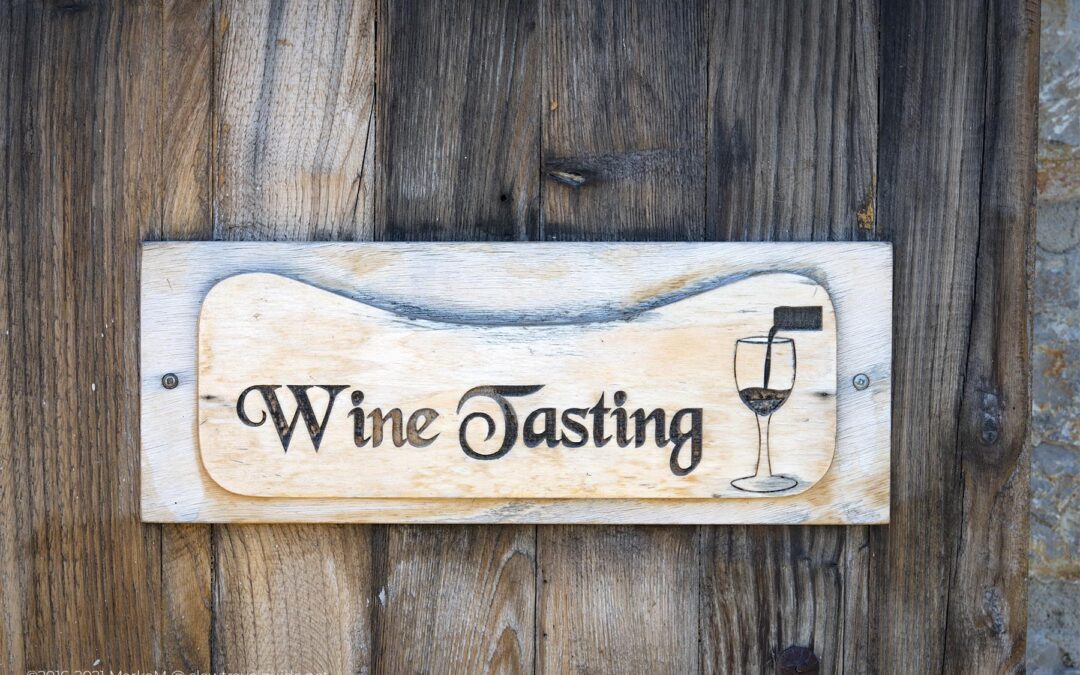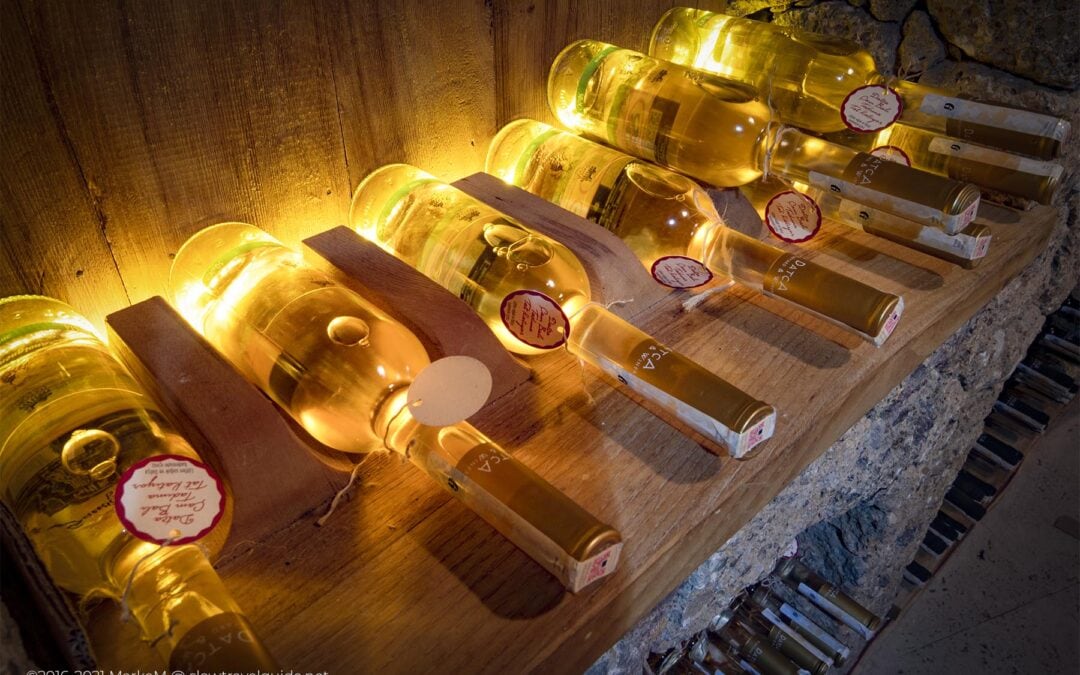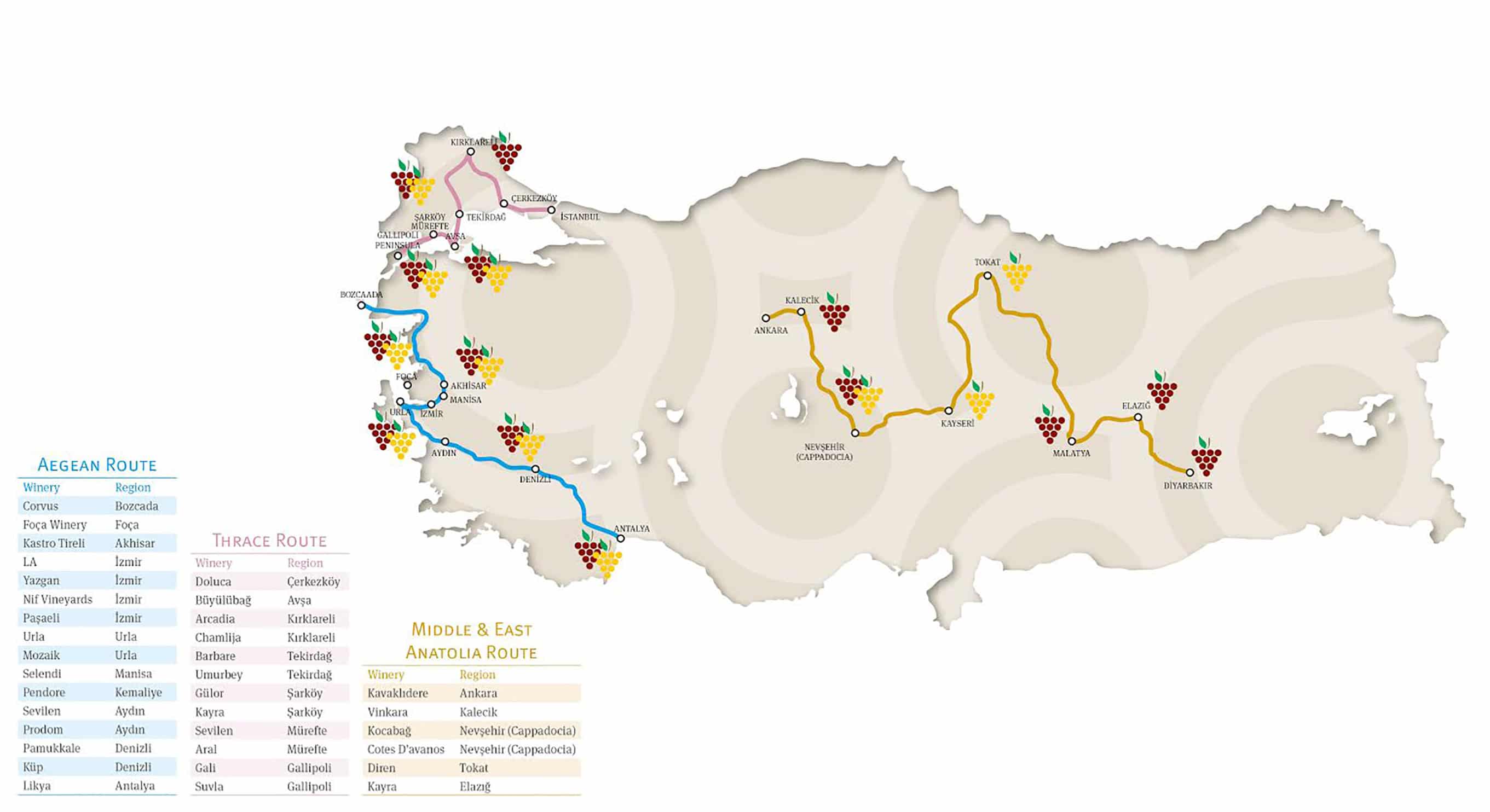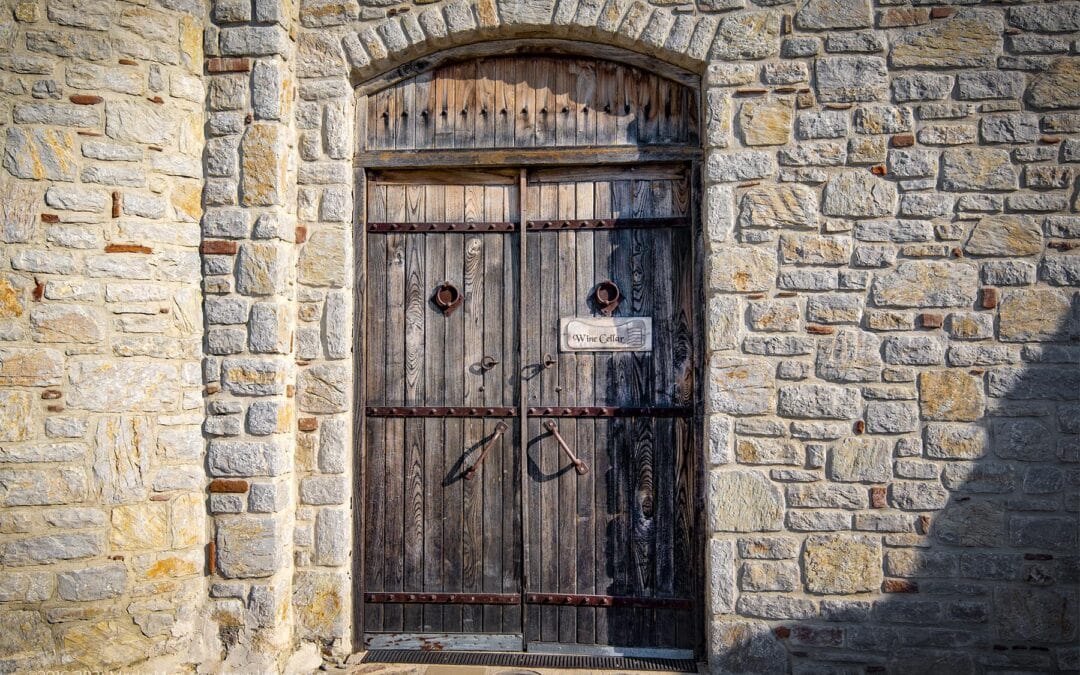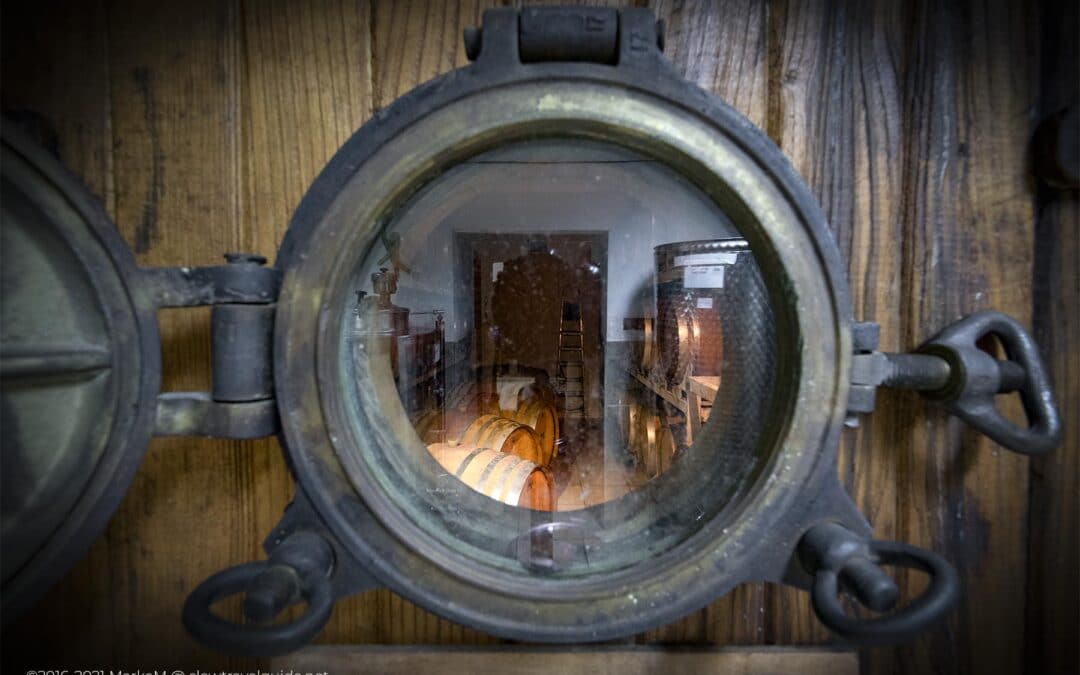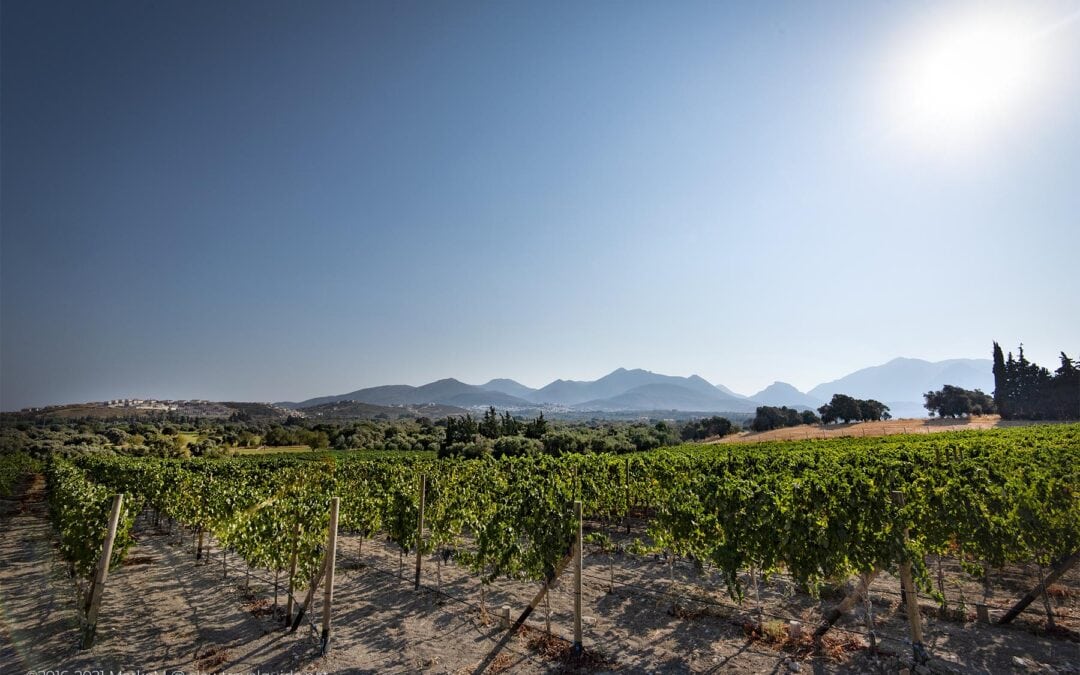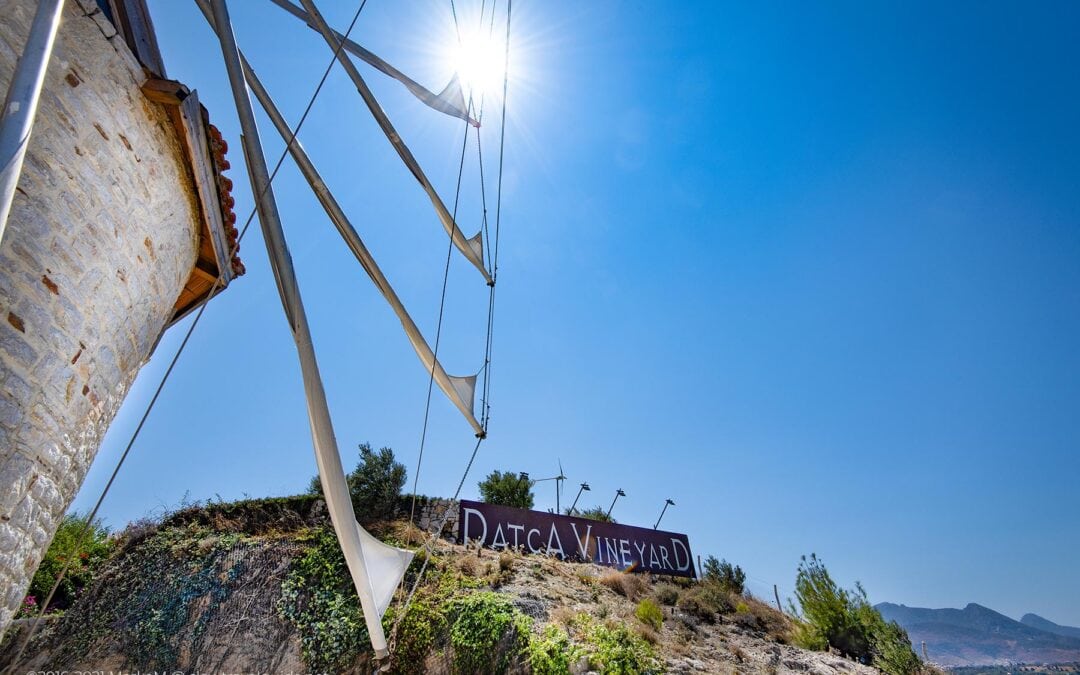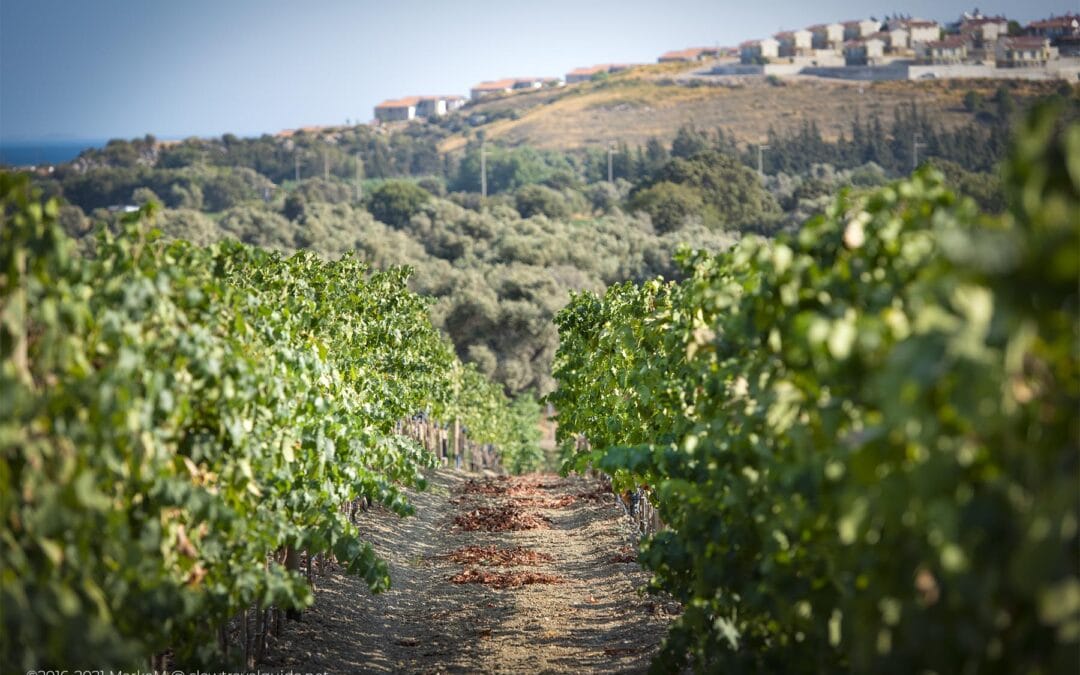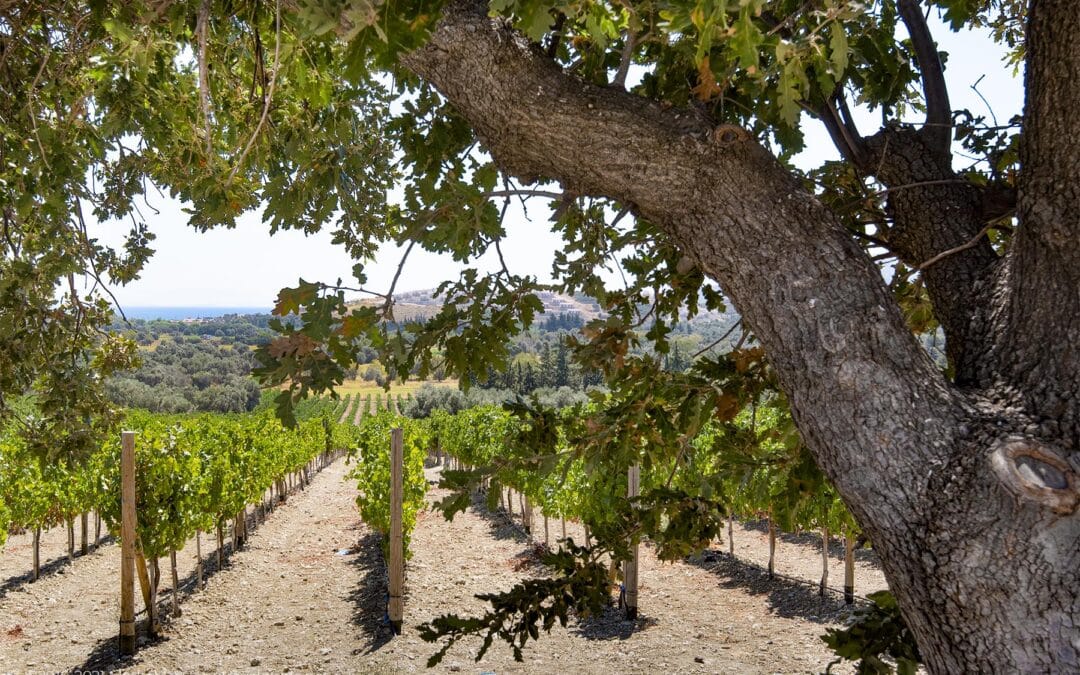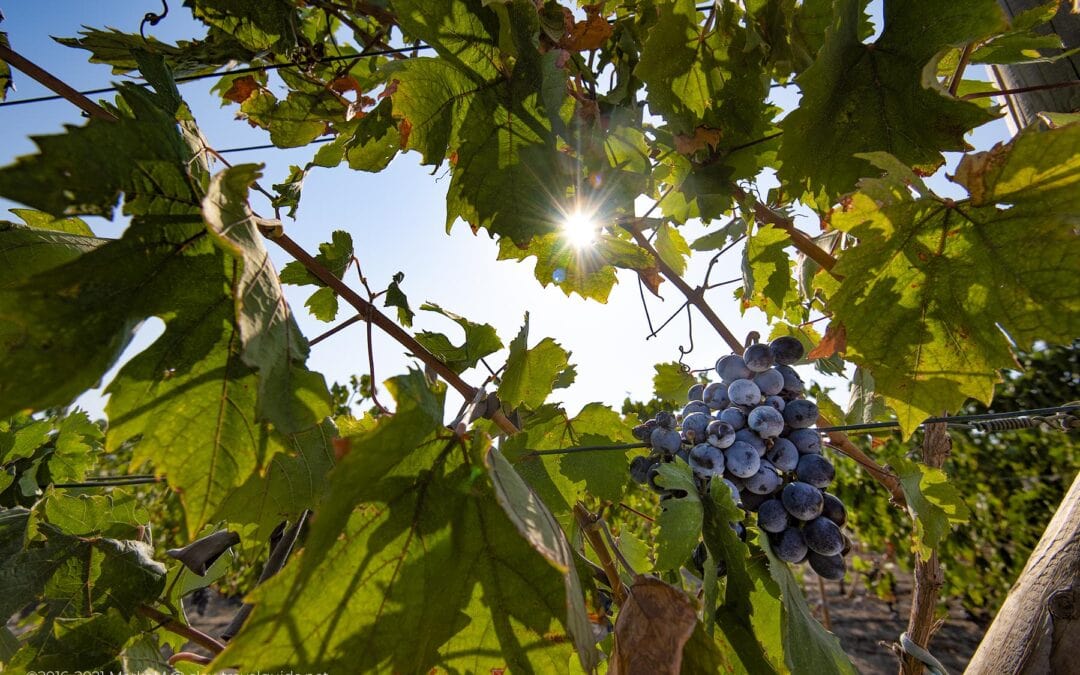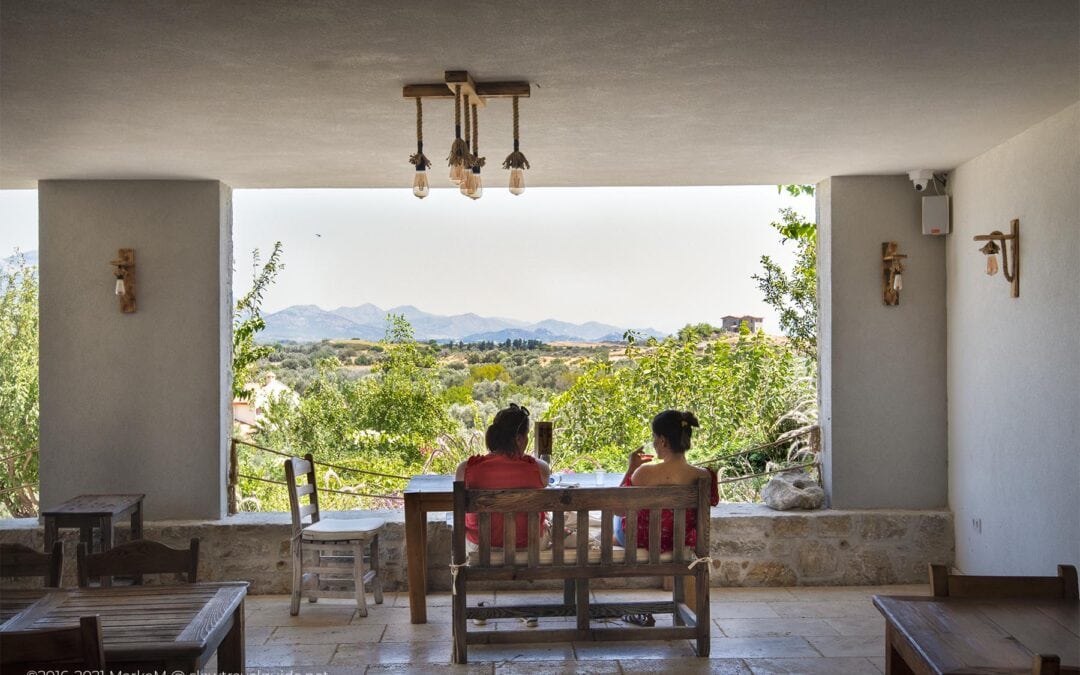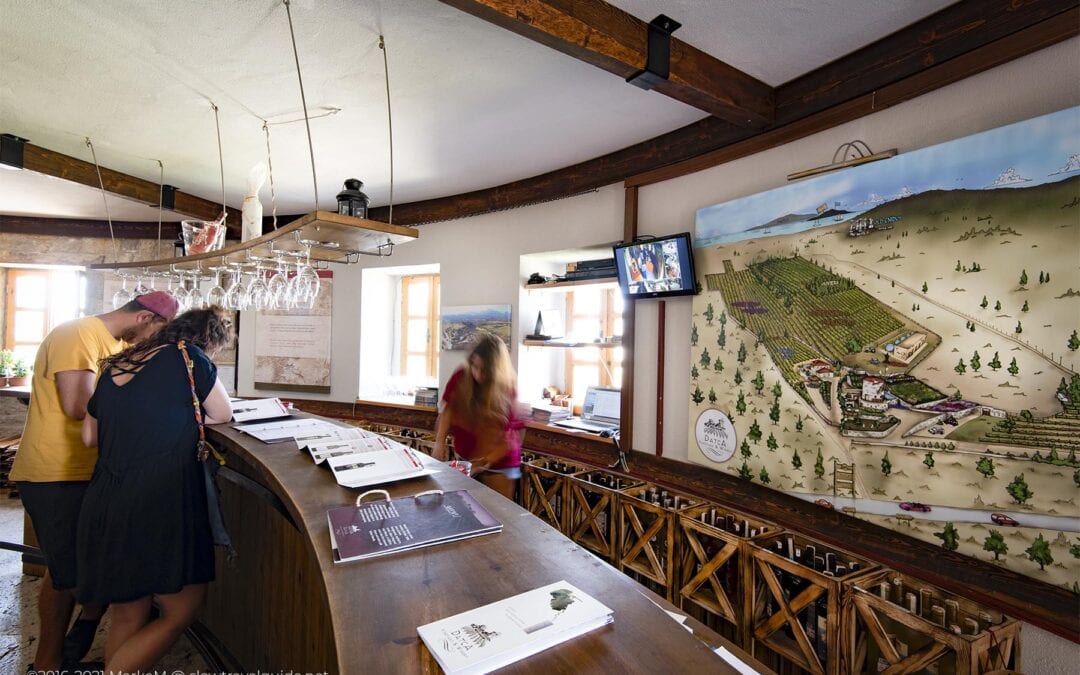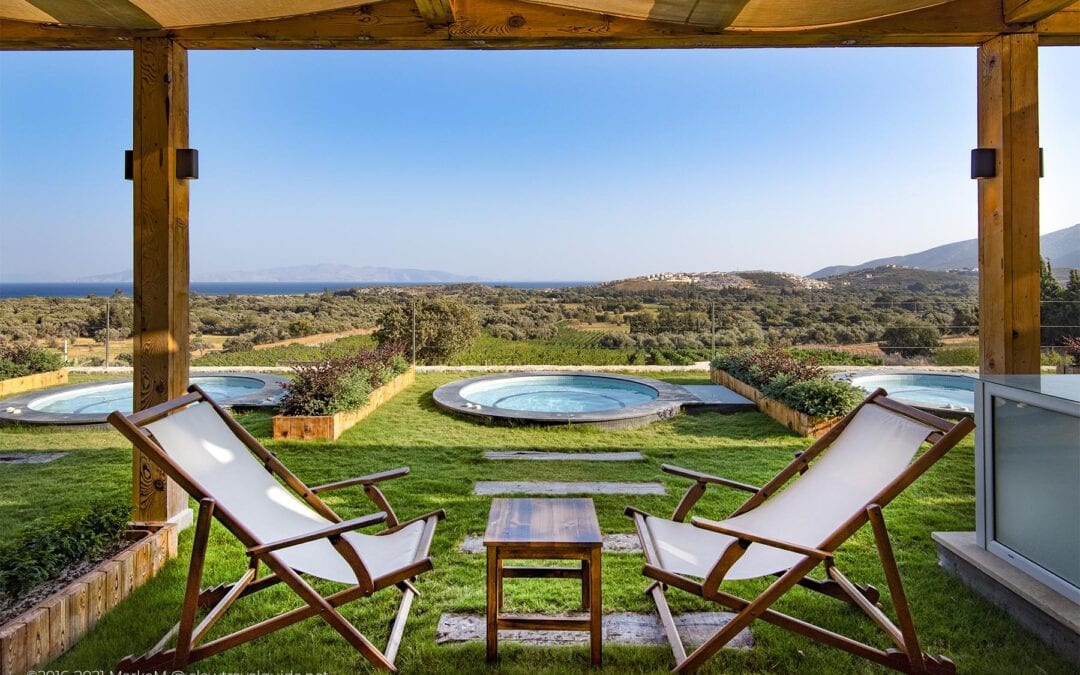Wine Routes
By Slowtravelguide
Turkish Wine Route and Vineyards
Turkey is a complete tourist destination with something for everybody. Turkish dishes are delicious for taste; some are even included in the UNESCO list of intangible cultural heritage. But did you know that there are Turkish wine routes?
These routes will take you through most of the country, with scenic rides, many lovely villages and cities, and fascinating ancient ruins waiting for you to visit. You can stop by some small scale boutique vineyards or well-known wineries to taste some of the best Turkish wines—a great way to explore Turkey.
Historical Background of Turkish Wine
Turkey is a wine country, not the thing that first comes to mind, but you could be wrong. Winemaking in Anatolia dates back 7,000 years, and the Hittites used wine in sacrificial ceremonies. Viticulture (the art of winemaking) was protected by Hittite law, and festivals were celebrated every year. After the Hittites, the Phrygians saw wine as an essential part of their diet and introduced it to the Greeks who colonised Turkey. By the 6th century BC, wine was exported as far as France and Italy, and the Misket grape of Anatolia gained the reputation of Muscat in Europe.
After Islam came to dominate the region, wine production continued, reaching record levels in the second half of the 19th century. The First World War and the Turkish War of Independence hurt production, especially in the Thrace and Aegean regions. With the increasing integration of the Turkish economy with the global economy and the growing tourism industry, wine sales boomed in the late 80s, and wineries began to invest to meet international standards.
Today, Turkish wines come from various grapes, including native and international varieties.
Turkish wine regions and wine routes
You can divide Turkey into three wine regions, each region producing wines with its characteristics because of using different grapes. Each area has its wine route, perfect for visiting vineyards and making country tours.
Marmara or Thracian wine route
The Marmara Wine Route or Thracian Wine Route is the most popular Turkish wine route, with its vineyards supplying less than 15% of Turkish wine. You will find a variety of grapes produced in the region, such as Adakarası, Cabernet Franc, Cabernet Sauvignon, Chardonnay, Cinsault, Gamay, and Kalecik Karası, Merlot, Papazkarası, Riesling, Sauvignon Blanc, Semillion, Shiraz (Syrah) and Viognier.
The Marmara region is known for its beneficial winemaking microclimate, with hot summers, mild winters and high humidity. While you’re at it, why not visit the Selimiye Mosque in Edirne, a UNESCO World Heritage Site.
Aegean Wine Route
The Aegean Wine Route takes you through vineyards that account for over half of Turkey’s wine production. You will enjoy a pleasant and mild Mediterranean climate with hot summers and mild winters and an almost endless variety of grape varieties: Alicante Bouchet, Boğazkere, Bornova Misketi, Cabernet Franc, Cabernet Sauvignon, Carignan, Chardonnay, Çalkarası, Çavuş, Dimrit, Grenache, Kalecik Karası, Karalahna, Kuntra, Malbec, Merlot, Mourvedre, Narince, Öküzgözü, Petit Verdot, Pinot Noir, Sangiovese, Sauvignon Blanc, Shiraz (Syrah), Sultaniye, Tempranillo, Vasilaki, and Viognier.
If you venture to beautiful Bozkada, many wineries will stick to the tradition of using bush vines. In addition to offering exceptional wines, this wine route also features more UNESCO World Heritage Sites such as Troy, Ephesus, Aphrodisias and Pamukkale and Hierapolis. Although it is known as the Aegean Wine Route, it ends near Antalya in the Mediterranean.
Anatolian Wine Route
The Anatolian wine road is very long. It will take you from Ankara, the capital of Turkey, through Cappadocia, to Tokat, and back again until you reach Diyarbakir. The vineyards passed by this route enjoy a continental or terrestrial climate. They deal with significant temperature differences between day and night and summer and winter. This diversity of climates and soils offers an exciting variety of Turkish wines, mostly from indigenous grapes, and unique landscapes for you to explore.
Anatolian wines from the wider Cappadocia region are made from Chardonnay, Dimrit, Emir, Kalesik, Calasi, Malbec, Narins, Okuzgozu, Long Made from grapes such as Acacia and Tempranillo. Northern Anatolia offers Boğazkere, Kalecik Karası, Öküzgözü, Shiraz (Syrah), while Eastern Anatolia (Tokat, Malatya and Elazığ) is known for Boğazkere, Narince, Öküzgözü. Diyarbakir is a country of Boğazkere.
This route is as exciting for wine lovers as for nature and culture lovers. The landscape of Cappadocia is unparalleled, once again a UNESCO World Heritage Site, as are the cultural landscapes of Diyarbakir Fort and Huffsel Gardens.
What to Expect When Visiting a Vineyard in Turkey?
You can find information on most vineyards and wineries along the wine route on the Turkish Wine website. Now that the above itinerary is all set, we thought it would be best to do what we often do and get off the beaten track. This meant we visited a vineyard that was not on one of the featured wine routes. Call it a bonus.
We’ve visited Datça Vineyard & Winery to show you what it’s like to see a vineyard in Turkey. This is also where we made all of the photos in this post. We’ll answer some questions which will help you plan a vineyard visit.
When is the vineyard or winery open to visitors?
You don’t want to discover that the vineyards you wish to visit don’t welcome tourists while you’re travelling. For Datça Vineyard & Winery, the answer is simple: the vineyards are open year-round, from 9 am to 10 pm.
Do you need to book in advance?
Some wineries are not prepared for uninvited guests and require you to book in advance. Be sure to check before your trip to avoid disappointment.
Is it possible to visit in person? Or do they only accept (small) group bookings?
Datça Vineyard & Winery has a relaxed atmosphere that you can enter whenever you want, no matter how many people you are travelling with. Other wineries prefer to organise small group tours.
Is the wine produced on-site?
Depending on your scope of interest in wine production, you may want to inquire about the location of the production unit and whether it is open to tourists. At the Datça winery we visited, no area was off-limits, so we saw the entire process from the fields to the bottling.
Do you have the option to buy wine?
We’re pretty sure this will be the case, but it’s always good to check if you want to be sure. Don’t forget that there’s a limit to what you can bring home, so be selective.
Does the vineyard offer wine tasting?
Can I try it before buying it? Or do you have the option of participating in a natural wine tasting or food pairing event? For example, at Datça Vineyard & Winery, you can taste wine or order three different wines, equivalent to a full glass. Sit back and relax with a cheese platter while admiring the view.
When is the best time to visit?
Remember that the appearance of a vineyard changes with the seasons. The vines have no leaves in winter, but you probably don’t have to worry about appearance if you’re here for the wine. If you want to get the most out of nature, any time between May-June and September-October may be ideal. Be aware that summers in Turkey are hot and shade between the vines is difficult.
When is it harvested?
At Datça Vineyard & Winery, harvest is usually in the first half of August, although the Öküzgözü grapes are still waiting to be harvested. Depending on where they are, other places plan their harvest at different times, possibly later in the season. You can choose to participate in the harvest in many vineyards, which is a unique experience!
Is there accommodation available for the night?
You may drink some wine while visiting the winery. An overnight stay on-site may be a good option if you are self-driving. Not all vineyards have accommodation, so it is best to check and make the necessary arrangements before travelling. The beautiful rooms at Datça Vineyard & Winery only opened in July 2019. Oceanview rooms overlook the vineyards, and each has its Jacuzzi.
Like many other boutique vineyards, Datça Vineyard & Winery is a family business. The owner’s son described it as a runaway retirement project. Here’s what we love: small, loving, and personal.
Vineyard hopping is a scenic and excellent way to discover Turkish wines and the country that produce them. Don’t forget to look at the full list of wineries along the Wine Route of your choice, or enjoy the winery hospitality and views of the route.
© 2016-2022 All rights reserved by slowtravelguide.net.
The content of this website is copyright protected and the property of slowtravelguide.net.No part of this website may be reproduced in whole or in part in any manner without the written permission of the copyright owner.
Copyright ©2016-2022 Tüm hakları saklıdır. Bu (slowtravelguide.net.) web sitesinin içeriği koruma altındadır ve slowtravelguide.net.Buradaki hiçbir içerik (yazı,fotoğraf,video vb.) izinsiz olarak kopyalanamaz, alıntı yapılamaz,başka yerde yayınlanamaz.

